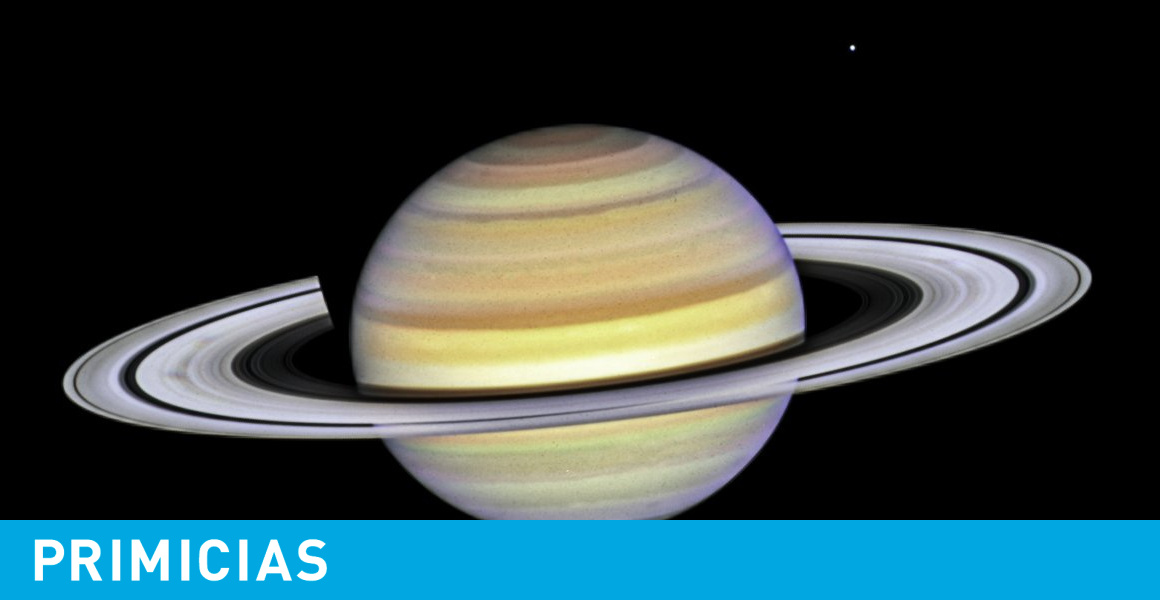Sharp images from the Hubble Space Telescope show that Saturn's radio frequency is seasonal.
Data from the Hubble Space Telescope captured this image of Saturn when it was approximately 1,365 million kilometers from Earth. Ultra-sharp vision reveals a A 'ghost' phenomenon in rings are called radios.
Photo dated October 22 released by the US space agency NASA and the European Space Agency (ESA) on December 21, 2023.
FIFA is already promoting the 2025 Club World Cup
Saturn's spokes are just the unstable features that rotate along the rings and their “ghostly appearance”. Lasts for two or three cycles Around Saturn, report separate reports from ESA and NASA.
In 1981, NASA's Voyager 2 took the photo The spokes of the rings for the first time And the Cassini orbiter observed them during its 13-year mission that ended in 2017.
As the radios come and go, Hubble continues to observe Saturn every year. This cycle was captured by Hubble's OPAL program, which began nearly a decade ago to monitor it annually. Climate changes on planets Outer gas giants.
Their clear images show that the frequency Radio programs are seasonal.
Long-term monitoring shows both the number and contrast of rays They vary with the seasons of Saturn. The planet is tilted on its axis like Earth and has seasons that last approximately seven years.
“Maximum radio activity is expected and we are moving towards the Saturn equinox in the coming years Dark radii appear And more often,” explains Amy Simon, principal scientist of the OPAL program at NASA's Goddard Space Flight Center in Greenbelt, Maryland.
This year, these ephemeral structures will appear on both sides of the planet simultaneously as they circle the giant world. Although they appear small compared to Saturn, their length and width can be extended greater than the diameter of the earth.
There are several theories – the main one being linked to the interactions between the spokes Strong magnetic field of Saturn and Sun-But no one correctly predicted this phenomenon until decades later.
Continued observations by the NASA and ESA project Hubble will help solve the mystery.





:quality(85)/cloudfront-us-east-1.images.arcpublishing.com/infobae/KTKFKR763RBZ5BDQZJ36S5QUHM.jpg)